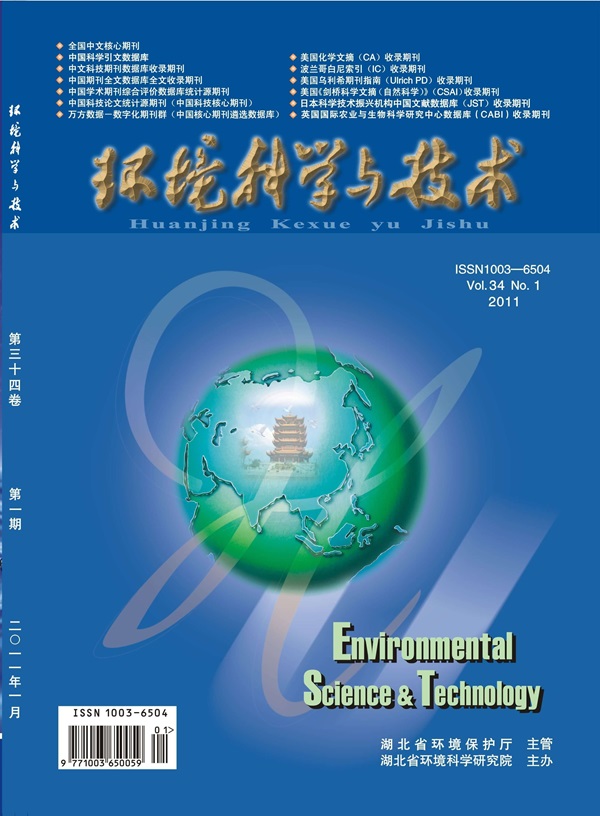Suspect and Nontarget Screening of Organic Micropollutants in Swiss Sewage Sludge: A Nationwide Survey
IF 10.8
1区 环境科学与生态学
Q1 ENGINEERING, ENVIRONMENTAL
引用次数: 0
Abstract
The increasing amount of sewage sludge generated during wastewater treatment poses both growing management challenge and environmental issues. Sludge with many co-occurring contaminants is often destined to land application which raises concern regarding human and environmental health. It is also a good integrator in time and space and can provide valuable information on consumption pattern and change over time. Here, we have conducted suspect and nontarget screening (SNTS) in sludge from 29 wastewater treatment plants (WWTPs) covering 30% of the Swiss population. Over 500 contaminants were identified and up to 382 quantified, with concentrations ranging from a few ng/g to several thousand ng/g, which translated into total annual loads of approximately 5 g of micropollutants per Swiss citizen. The distribution of detected substances was dominated by pharmaceuticals in terms of number of compounds (>250) and personal care products in terms of concentration (e.g., 75 μg/g for linoleic acid). Homologous series analysis revealed the presence of multiple classes of surfactants among those compounds with the highest signal intensities in sludge. Principal component analysis and hierarchical clustering showed that spatial distribution of contaminants across Switzerland was not homogeneous, while Pearson correlation indicated that changes can be attributed to different anaerobic digestion times in WWTPs.

求助全文
约1分钟内获得全文
求助全文
来源期刊

环境科学与技术
环境科学-工程:环境
CiteScore
17.50
自引率
9.60%
发文量
12359
审稿时长
2.8 months
期刊介绍:
Environmental Science & Technology (ES&T) is a co-sponsored academic and technical magazine by the Hubei Provincial Environmental Protection Bureau and the Hubei Provincial Academy of Environmental Sciences.
Environmental Science & Technology (ES&T) holds the status of Chinese core journals, scientific papers source journals of China, Chinese Science Citation Database source journals, and Chinese Academic Journal Comprehensive Evaluation Database source journals. This publication focuses on the academic field of environmental protection, featuring articles related to environmental protection and technical advancements.
 求助内容:
求助内容: 应助结果提醒方式:
应助结果提醒方式:


